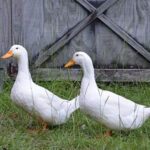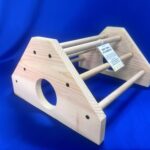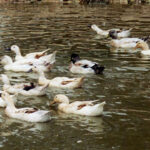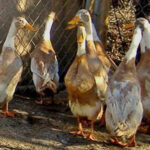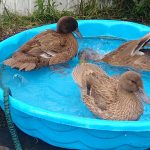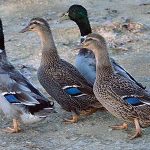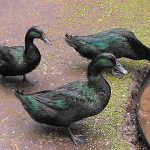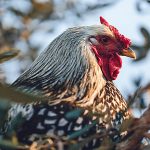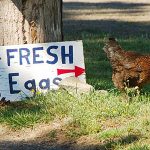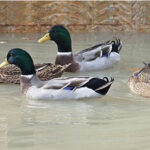
Ducks, like other birds, periodically replace their worn-out feathers with a full set of fresh plumage in a process called molting. Young ducks go through two consecutive molts. After maturity, the hens renew their feathers annually, while the drakes go through two annual plumage changes —the eclipse and nuptial molts. Most domestic duck breeds in […]
Continue Reading
